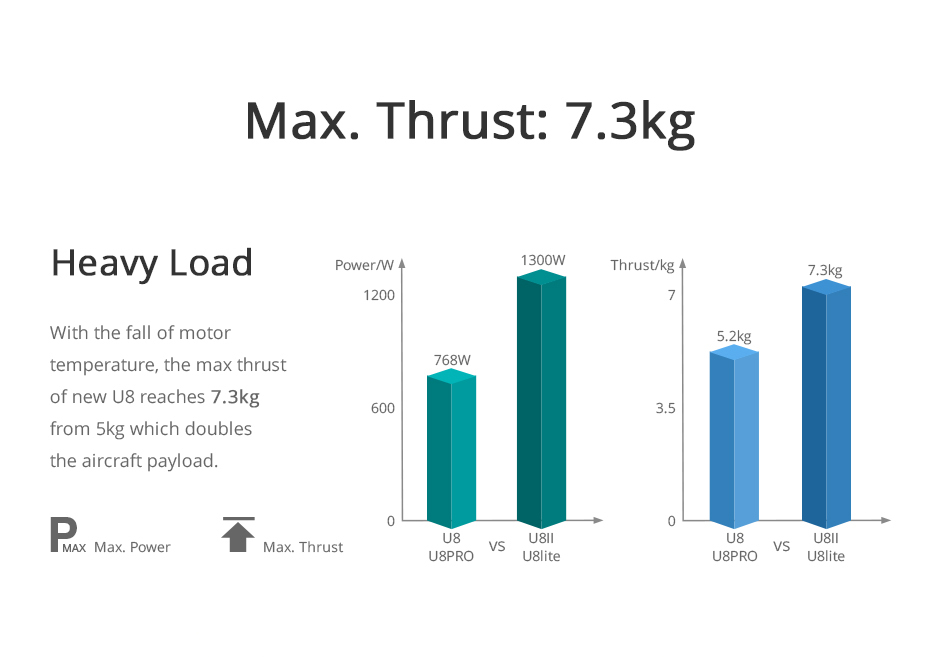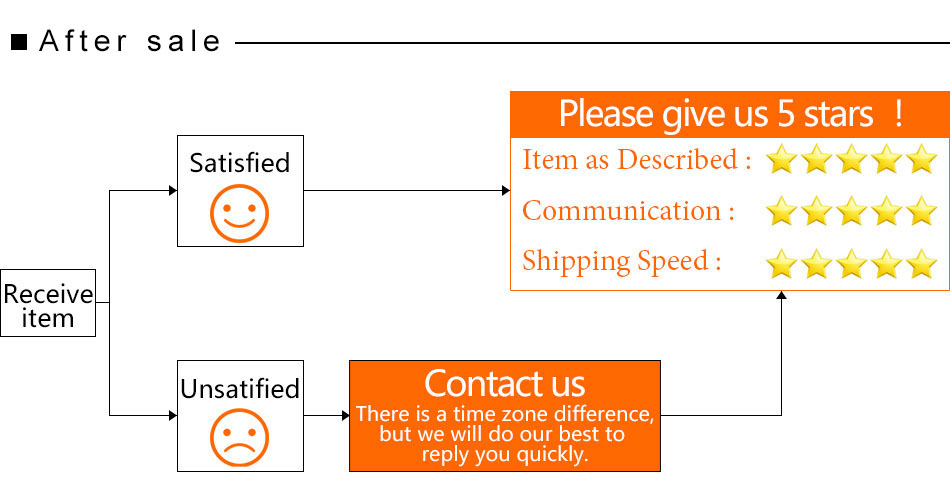"Understanding Fixed Rate vs Adjustable Rate Loans: Which Option is Right for You?"
#### Fixed Rate vs Adjustable Rate LoansWhen it comes to securing a loan, particularly a mortgage, borrowers often find themselves weighing the pros and con……
#### Fixed Rate vs Adjustable Rate Loans
When it comes to securing a loan, particularly a mortgage, borrowers often find themselves weighing the pros and cons of fixed rate vs adjustable rate loans. Understanding the differences between these two types of loans is crucial for making an informed decision that aligns with your financial goals and circumstances.
#### What is a Fixed Rate Loan?
A fixed rate loan is a type of loan where the interest rate remains constant throughout the life of the loan. This means that your monthly payments will remain the same, providing stability and predictability in budgeting. Fixed rate loans are particularly popular among homeowners who prefer the security of knowing exactly what they will pay each month, regardless of fluctuations in the market.
One of the primary advantages of a fixed rate loan is protection against rising interest rates. If you secure a low fixed rate, you can potentially save thousands of dollars over the life of the loan compared to an adjustable rate loan, where payments can increase if interest rates go up. However, fixed rate loans typically come with higher initial interest rates compared to the starting rates of adjustable rate loans.

#### What is an Adjustable Rate Loan?
On the other hand, an adjustable rate loan (often referred to as an ARM) features an interest rate that can change periodically based on market conditions. These loans usually start with a lower initial rate, which can make them attractive to borrowers looking for lower initial payments. However, the key drawback is the uncertainty of future payments, as interest rates may rise, leading to significantly higher monthly payments down the line.
Adjustable rate loans often come with a fixed period during which the interest rate remains constant (e.g., the first five years of a 5/1 ARM), after which the rate adjusts annually based on a specified index. This can be advantageous for short-term homeowners or those who anticipate selling or refinancing before the adjustable period begins. However, it can also pose a risk if the borrower is not prepared for potential rate increases.
#### Comparing Fixed Rate vs Adjustable Rate Loans

When comparing fixed rate vs adjustable rate loans, several factors should be considered:
1. **Stability vs Flexibility**: Fixed rate loans offer stability, while adjustable rate loans provide the flexibility of lower initial payments.
2. **Market Conditions**: If you believe interest rates will rise, a fixed rate loan may be the better option. Conversely, if you anticipate a stable or declining market, an adjustable rate loan could save you money in the short term.
3. **Length of Stay**: Consider how long you plan to stay in your home. If it’s a short-term commitment, an adjustable rate loan may be more beneficial. For long-term homeowners, the predictability of a fixed rate loan can be more advantageous.

4. **Risk Tolerance**: Assess your comfort level with financial risk. Fixed rate loans are less risky, while adjustable rate loans can lead to unpredictable payment increases.
#### Conclusion
In conclusion, choosing between fixed rate vs adjustable rate loans ultimately depends on your financial situation, risk tolerance, and future plans. It’s essential to evaluate your options carefully, considering both the immediate costs and long-term implications of your choice. Consulting with a financial advisor or mortgage professional can also provide valuable insights tailored to your specific circumstances, ensuring that you make the best decision for your financial future.